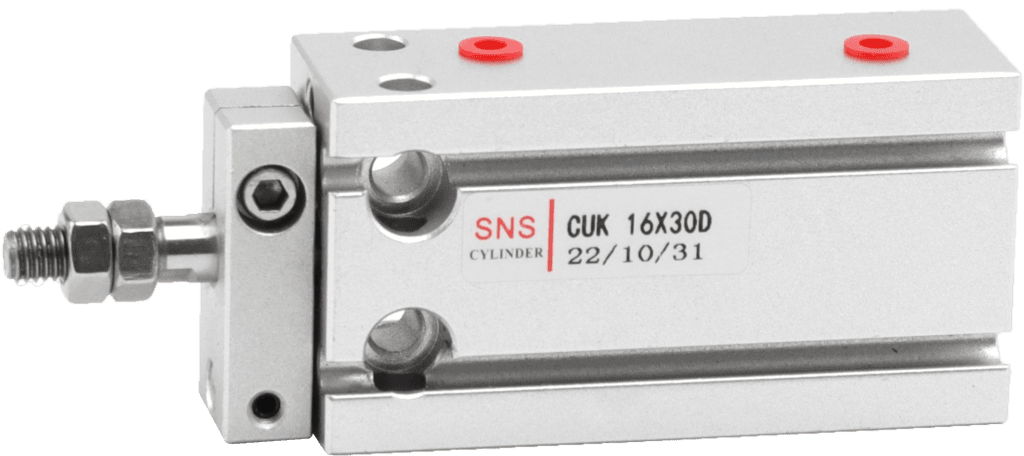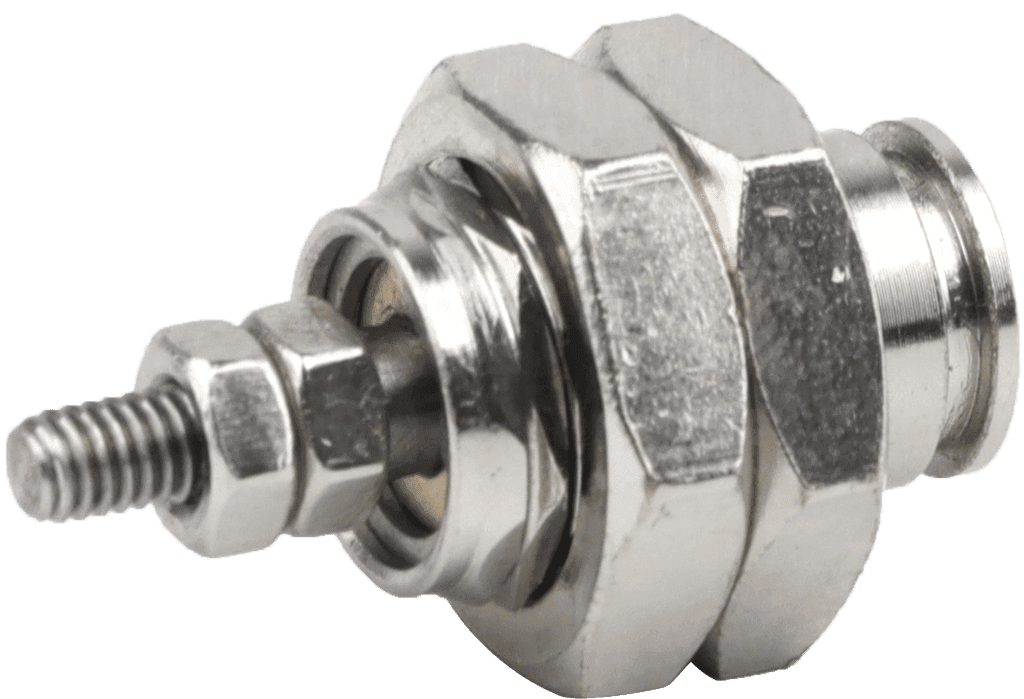What Is Cylinder Bore
Have you ever wondered what a cylinder bore is and why it’s critical for your engine’s performance?
In this blog post, we’ll dive deep into the mechanics of cylinder bores and how to measure it.
Key Takeaways
- Cylinder bore refers to the internal diameter of an engine’s cylinders.
- Cylinder bore significantly impacts engine displacement, influencing both power output and efficiency.
- Larger cylinder bores accommodate bigger pistons and valves, which can increase engine power.
- Cylinder bore measurement.
What Is Cylinder Bore
Cylinder bore, the internal diameter of an engine’s cylinders. It allows the pistons to move up and down, generating power. This diameter, usually measured in either millimeters or inches.
The engine’s displacement is calculated using the formula: Displacement = (π/4) * bore^2 * stroke * number of cylinders. Essentially, a larger bore means bigger pistons can be accommodated. This results in larger valves, allowing more air and fuel to enter the engine, which boosts power output.

Functions of Cylinder Bore
- Housing the piston: The cylinder bore is a cylindrical space within the engine block where the piston moves up and down during the engine’s operation. It provides a smooth, precise surface for the piston to slide against, ensuring efficient and consistent motion.
- Facilitating combustion: The cylinder bore, along with the cylinder head and piston, forms the combustion chamber where the air-fuel mixture is compressed and ignited. The bore’s dimensions and surface characteristics directly influence the combustion process, affecting engine performance, efficiency, and emissions.
- Transferring heat: The bore’s surface area and thermal conductivity properties allow heat to be dissipated effectively, preventing overheating and ensuring optimal engine operating temperatures.
- Providing a sealing surface: The cylinder bore, in conjunction with the piston rings, creates a tight seal that prevents combustion gases from escaping and oil from entering the combustion chamber.
- Guiding the piston: The cylinder bore acts as a guide for the piston, ensuring that it moves in a straight line and maintains proper alignment with the connecting rod and crankshaft. This guidance helps to reduce friction, wear, and vibration, contributing to the engine’s overall smoothness and longevity.
- Influencing lubrication: A properly prepared bore surface helps to maintain an oil film between the piston rings and the bore wall, reducing friction and wear while also assisting in heat transfer.
- Affecting engine displacement: The cylinder bore diameter, along with the piston stroke length and the number of cylinders, determines an engine’s displacement. Larger bores allow for increased air and fuel intake, potentially resulting in higher power output.
How to Measure Cylinder Bore
Step 1: Measuring Tools Needed
Before starting the measurement of the cylinder bore, gather the required instruments: a dial bore gauge with the necessary extensions, a micrometer, and suitable cleaning equipment.
Step 2: Clean the Cylinder Bores
Start by using a bore brush attached to a drill to scrub each cylinder bore. Apply plenty of cleaning solvent and pass the brush through multiple times. This ensures the removal of all dirt, debris, and residue. The aim is to attain a clean surface without any impurities that might affect your measurements.
Once the cleaning is complete, take a lint-free cloth, wrap it around the bore brush or a long dowel, and wipe the inside of the bore.
Step 3: Measure the Piston Diameter
Start by identifying the gauge point on the piston, which is located just below the oil ring groove. Avoid the tapered area at the skirt and the section near the wrist pin boss.
Position micrometer 90 degrees from the wrist pin axis, measuring both the front and the back of the piston.
After the initial measurement, rotate the piston and take the measurements again. This repetition helps verify the accuracy of your readings by comparing them from different angles.
Step 4: Set Up the Dial Bore Gauge
Pick the right extension rods for your dial bore gauge that match the cylinder’s diameter.
Then, calibrate the gauge using a setting ring or micrometer set to your piston’s size. Adjust the gauge’s dial to zero at this measurement.
Step 5: Take Bore Measurements
Position the bore gauge about half an inch below the cylinder’s top, or deck surface. Insert it gently to avoid damage. As you move the gauge slightly back and forth within the cylinder, watch the digital display closely. The smallest number you see is the largest diameter at that measurement point. This detail helps assess if the cylinder bore aligns properly with the piston it will house.
Next, you must repeat this measurement process at three key points: the top, middle, and bottom of each cylinder.
Furthermore, rotate the gauge 90 degrees from your original measurement directions. This step is used to identify any oval shape or out-of-round issues in the cylinder. Such conditions can impact engine performance and are critical to address.
Lastly, this comprehensive assessment aids in checking the crosshatch angle within the cylinder. A consistent crosshatch pattern is vital as it helps in maintaining lubrication and ensures proper seating of the piston rings.
Step 6: Analyze the Results
After gathering the bore measurements, you need to compare these figures with the piston diameter to determine the piston-to-wall clearance accurately. This clearance should ideally be within the range of 0.002 to 0.006 inches. If the clearance falls outside this recommended range, it could result in increased friction, higher oil consumption, or blow-by, which are detrimental to engine performance.
Next, evaluate cylinder wear by measuring the taper. This involves comparing bore measurements from the top, middle, and bottom of each cylinder. A taper greater than 0.001 inches suggests significant cylinder wear, which requires immediate attention such as honing or boring to correct.
Additionally, check for any out-of-round conditions. This is done by measuring the bore diameters at intervals of 90 degrees around the cylinder. Any deviation greater than 0.0005 inches from roundness is considered problematic. Such deviations can affect the engine’s efficiency and longevity.

FAQs
What Is the Bore on a Cylinder
The bore on a cylinder is the diameter of the cylinder’s inner wall. It is a critical dimension that determines the volume of the combustion chamber and affects an engine’s performance.
Is Cylinder Bore the Same as Diameter
No, cylinder bore and diameter are not exactly the same, although they are closely related. The bore refers specifically to the inner diameter of the cylinder, while the term diameter can refer to either the bore or the outer diameter of the cylinder itself.
How to Check Cylinder Bore
To check cylinder bore, use a dial bore gauge to precisely measure the diameter at the top, middle, and bottom of each cylinder. Insert the gauge into the cylinder, expand it until it contacts the walls, lock it in place, then remove it and measure the diameter with a micrometer, comparing the readings to the manufacturer’s specifications to determine if the cylinder is out-of-round or tapered.
Conclusion
In conclusion, the cylinder bore is a critical dimension in an engine that affects its performance and durability. Regular and precise measurement of the cylinder bore ensures the engine operates efficiently and lasts longer. Proper maintenance and timely detection of wear can save on costly repairs.
Stay informed and proactive about your engine’s health by checking the cylinder bore regularly. Contact a professional for precise measurement and expert advice to enhance your engine’s performance.



